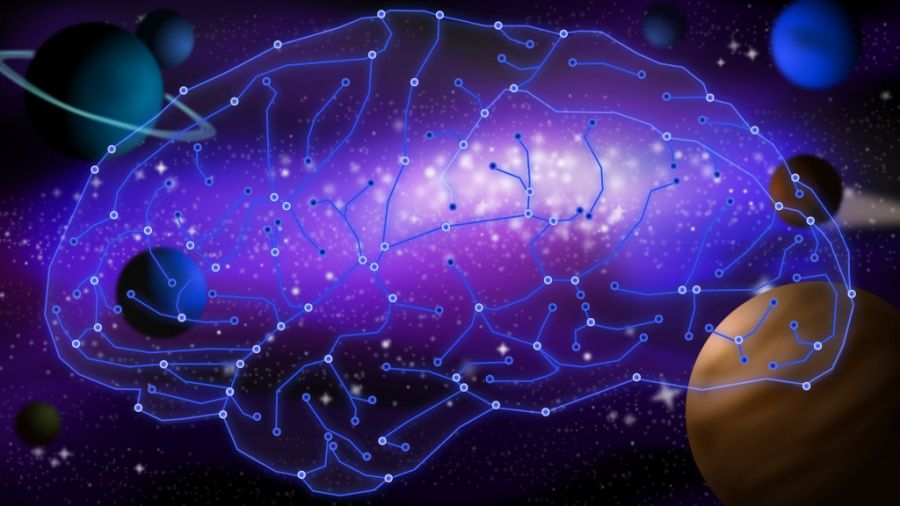What is the Link Between Web 3.0 and Metaverses?

The emergence of new technologies such as blockchain and artificial intelligence provides a platform for realizing the next generation of Internet browsing. Web 3.0 aims to create a browsing experience that gives users full control over creating the content they want and sharing it with other parties.
The metaverse describes a virtual world that mimics the physical characteristics of the real world, but on a digital platform and in a three-dimensional perspective. However, the common characteristics of Web 3.0 and metaverse lead to the difficult distinction that this piece addresses.
What does web 3.0 entail?
The concept of web 3.0 refers to the advanced version of Internet browsing capabilities that aims to put users at the center and give them autonomy over content ownership. Current traditional web design strategies have resulted in control over content access, creation, sharing, and exploitation being in the hands of private companies.
The web 3.0 version provides a decentralized platform that pushes back the influence of large technology companies that operate social media platforms and determine how users interact with Internet resources.

In addition, web 3.0 is an idea that is in the process of implementation and will ensure that a new financial order is available to Internet users. The use of non-fungible tokens (NFTs) within the decentralized financial ecosystem (DeFi) will allow users to negotiate and purchase items of value on their own.
Blockchain technology ensures the existence of accountability and therefore trust between users who transact. The ability of users to transact without asking permission from third parties is because they are directly responsible for the data and content, unlike the current situation where tech giants claim ownership of online data.
The concept of a metaverse
The idea of a metaverse is the existence of a virtual space that represents the physical aspects of real objects and situations in a digital space. The virtual space enables interaction between humans and computer algorithms, which are used to create virtual functionalities that mimic everyday human experiences. There are two concepts for the metaverse.
The first is the centralized metaverse, which is based on the current concept of social media providers, where private companies are tasked with managing data and content. Technology companies decide the social, learning, and gaming activities in which users participate while accessing the metaverse through their platforms. However, the need for a user-centric experience motivates the introduction of the second metaverse concept.
The decentralized metaverse is the second concept that focuses on blockchain technology as a transaction mode in virtual space. The metaverse eliminates any influence from technology companies by creating decentralized autonomous organizations (DAOs) that interact directly with other DAOs from different metaverses.

Connection between web 3.0 and metaverses
The link between web 3.0 and the metaverse lies in some aspects that are characteristic of both. These are:
Concept of decentralization
The functioning of a metaverse depends on the decentralized nature of web 3.0 technology, in which the third-party tech giants do not play a role. Content creation, information sharing, and profit generation is independent of centralized companies using the content to their advantage.
The decentralized space ensures that users are masters of their craft and their creativity is not constrained by censorship and terms of service from tech companies that control user performance. Blockchain technology, such as cryptocurrencies, gives users the freedom to conduct public transactions that are trustworthy thanks to proof-of-work algorithms that ensure valid transactions.
Concept of virtual and augmented reality
The concepts of virtual and augmented reality in Web 3.0 enable the creation of three-dimensional spaces where users draw real experiences in metaverses.
The goal of Web 3.0 is to provide users with realistic website interaction using virtual reality equipment that allows them to immerse themselves in metaverse environments. The result is real-time experiences of gaming, shopping, and other activities using avatars that represent the user's physical attributes in the metaverse.
Decentralized financial functions
The presence of a DeFi within the Web 3.0 platform creates the perfect opportunity to operate the Metaverse concept of value exchange. The use of NFTs enables the acquisition of assets that have a specific value in the metaverse. NFTs exist as codes that users enter to access purchase rights for specific assets within the metaverse when exchanging value with other DAOs.

Concluding remarks
Even though metaverses are still in an experimental stage, the concept of Web 3.0 is becoming a popular idea in people's daily lives.
Thanks to virtual reality computing capabilities, users can already perform three-dimensional interactions with browsing capabilities. In addition, blockchain technology offers a promising innovation to help users become independent in metaverses by conducting transactions without depending on third-party providers.
Written by Tanvir Zafar
Price
Price
Price
News
Price

(0 comments)